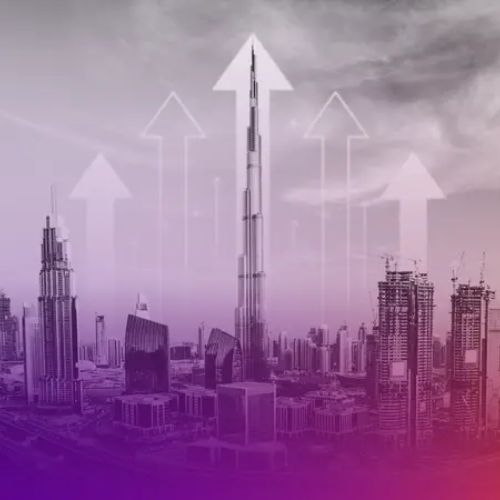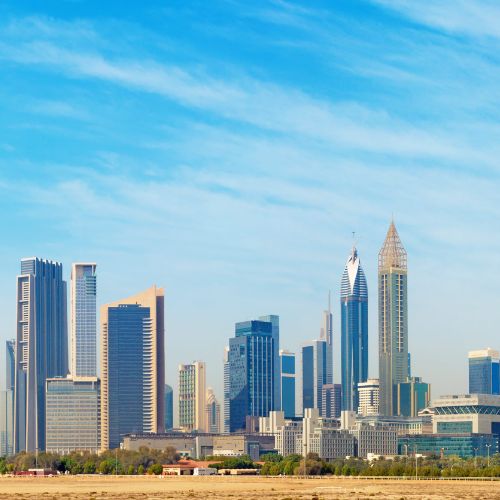The Russian-Ukrainian crisis is expected to have a significant impact on the Indian economy.
Global markets reacted in line with Russia’s ‘demilitarisation and denazification’ of Ukraine, with key indexes trading in a deep sea of red and gold reaching its highest level since early 2021. And, just as the globe was beginning to recover from the effects of the Covid-19 epidemic, worldwide concerns about a disruption arose, despite already mounting cost pressures and central bank rollbacks of pandemic-era initiatives.
Impact on Indian Households
In India, the Russia-Ukraine situation may prove to be a big issue for both Indian households and policymakers.
At the moment, Ukraine and Russia account for 90 percent of India’s sunflower oil imports. Sunflower oil, along with palm, soya, and other alternatives, is one of the most popular edible oils in India. In reality, sunflower oil is the second most imported edible oil, trailing only palm oil in terms of volume.
In 2021, India bought 1.89 million tonnes of sunflower oil, with Ukraine accounting for 70% of this total. Argentina accounted for the remaining 10%, while Russia accounted for 20%.
Ukraine apparently did not send a single supply of sunflower oil in February due to tensions with Russia. The typical cargo from Ukraine in February-March is 1.5 to 2 million tonnes of sunflower seeds, and if the existing crisis lasts two or three weeks, it will put pressure on the Indian market.
Impact on energy sources
Crude oil prices are currently near a seven-year high, with Brent oil prices rising above $100 per barrel for the first time since 2014. It should be remembered that Russia is a major global energy provider. Russia contributes around a quarter of Europe’s oil and a third of its gas.
JPMorgan Chase & Co. earlier this week predicted that oil prices will average $110 per barrel in the second quarter due to Russia-Ukraine tensions. The bank also stated that the oil market is anticipated to witness sustained higher prices in the coming quarter before falling to an average of $90 by the end of the year.
Over half of India’s gas demands are met by imports of liquefied natural gas (LNG) from Ukraine. A tiny portion of India’s LNG demand is also fulfilled by Russian shipments.
Pharma sector will face fallback
Pharmaceutical items are among India’s most important exports to Ukraine. After Germany and France, India is the third largest supplier of pharmaceutical items to Ukraine.
Representative offices of firms such as Ranbaxy, Sun Group, and Dr Reddy’s Laboratories have been established in Ukraine, and representatives from pharmaceutical companies have also established an Indian Pharmaceutical Manufacturers’ Association (IPMA) in Ukraine.
Price of Wheat may rise
Experts believe that a disruption in the delivery of grain from the Black Sea area will have a significant influence on pricing and fuel food inflation.
Russia is the world’s greatest wheat exporter, whereas Ukraine is the world’s fourth largest wheat exporter. The two countries account for approximately a quarter of total world wheat exports.
According to a recent United Nations assessment, food prices have already risen to their highest level in more than a decade, owing partly to the pandemic’s influence on supply chains.
Volatility surges in energy and food prices are possible in the coming days. The resulting investor attitude may jeopardise investment and growth in economies all around the world.
Effects on trade
In the event of an invasion, the US has threatened Russia with severe penalties, which might extend to any nations that deal with the ‘aggressor.’
Following discussions between ministers and country heads towards the end of 2021, when Vladimir Putin visits India to see Prime Minister Narendra Modi, a disagreement might stymie India’s attempts to deepen ties with Russia.
In the previous fiscal year, Russian imports amounted for 1.4% of India’s total (2020-21).
“Enhancing trade and economic cooperation between India and Russia is a key priority for the political leadership of both the countries as is clear by the revised targets of increasing bilateral investment to Rs 3.75 lakh crore ($50 billion) and bilateral trade to Rs 2.25 lakh crore ($30 billion) by 2025,” stated a section on India-Russia economic relations on the website of the Indian embassy in Russia.
The mere threat of violence, which is becoming increasingly likely, has led markets all across the world to suffer. In the global economy and geopolitical arena, a clash between any two major powers has an immediate impact not just on individuals in those two nations, but also on people all over the world.















